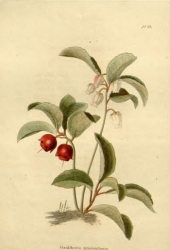posted 9 years ago
I tried giving it to chickens and at first they would eat it only if starving to death. However, chickens raised on it will eat it. It is high in protein and a good quality feed.
My Nubian goats never allowed it to go to seed, and it died off for me after 5 years. It was a great feed for them, but my seed source passed on.
The oil it produces has a strong odor and not particularly good taste when used for cooking. However, to get the oil you grind the seeds in a mortar and pestle then press. Or at least that is how we did it. We used the oil in feed finding it too distasteful on the table. It has a bad odor when heated.
It never made it to our table and was only planted as a high protein food crop for the critters.





